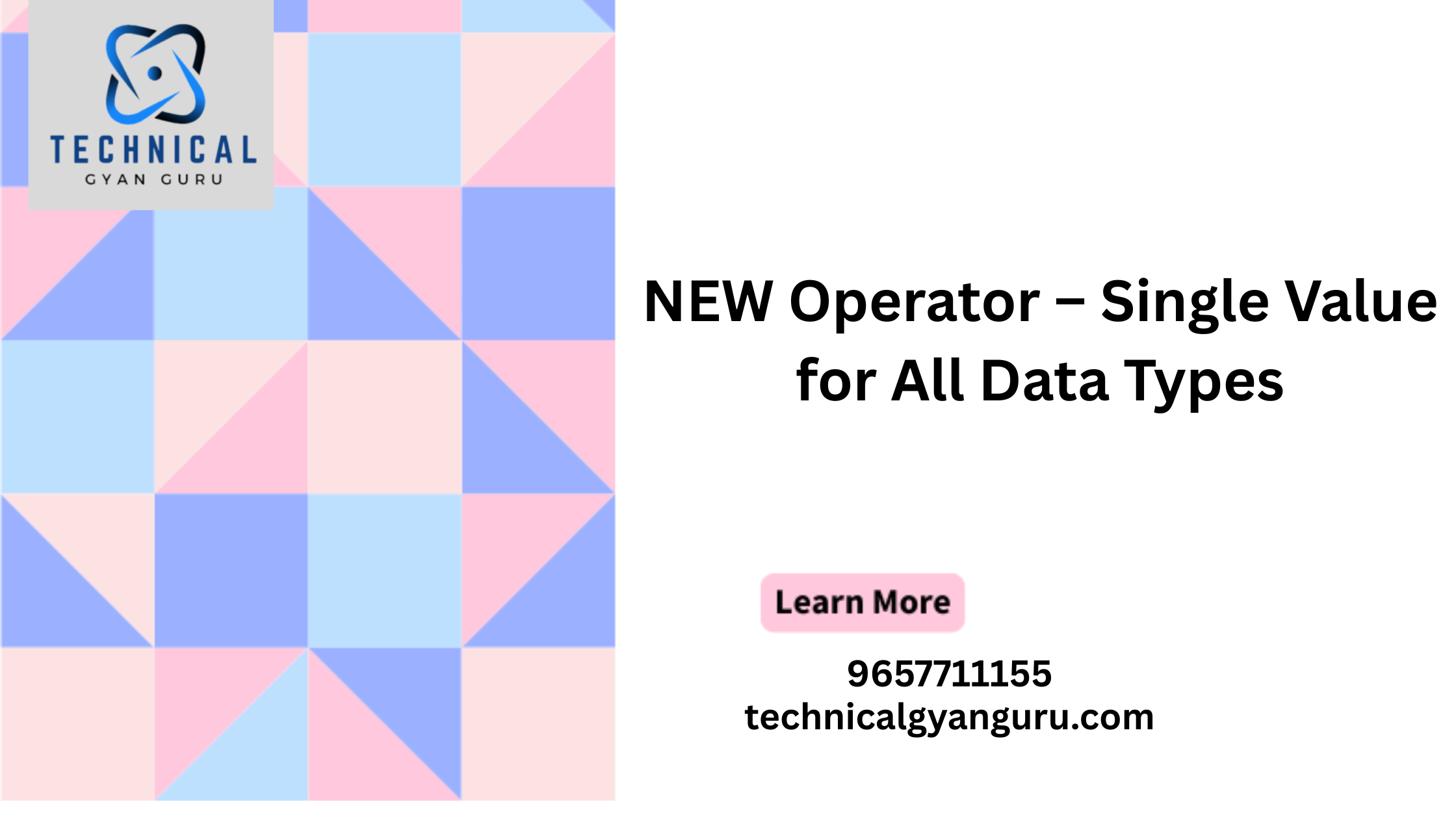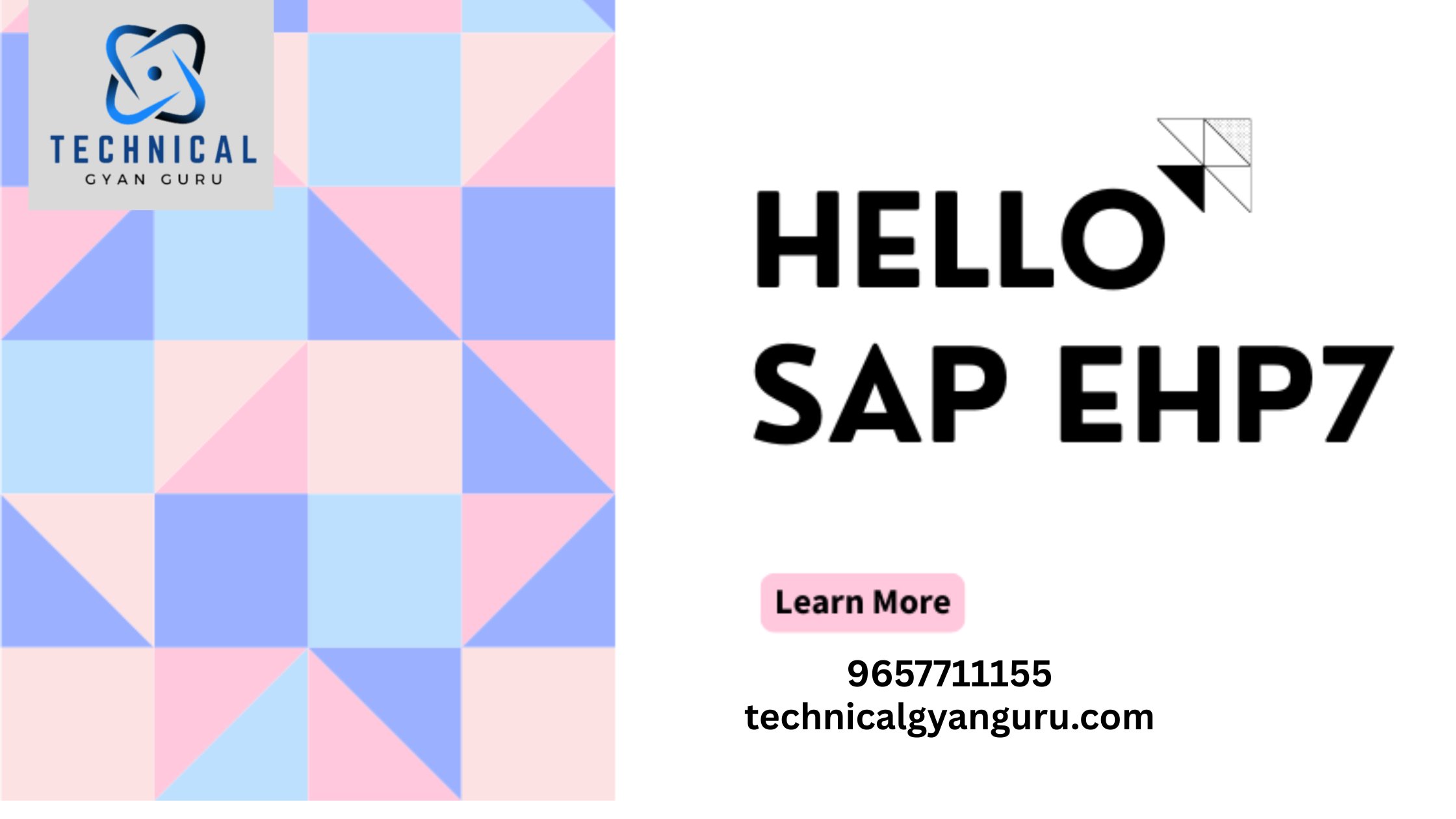Introduction: SAP Datasphere
SAP Datasphere: In the era of digital transformation, data has emerged as a cornerstone for innovation and business success. Enterprises are continually seeking solutions that enable them to harness the full potential of their data, breaking down silos, and fostering seamless connectivity. SAP Datasphere is one such transformative solution, designed to empower organizations to navigate the complexities of the modern data landscape. In this blog post, we’ll delve into the world of SAP Datasphere, exploring its key features, benefits, and how it plays a pivotal role in creating a unified and connected data ecosystem.
Understanding SAP Datasphere:
SAP Datasphere is a comprehensive data orchestration solution that aims to simplify the challenges associated with managing and leveraging diverse data sources across an organization. It acts as a bridge, connecting disparate data landscapes and enabling businesses to unlock the value of their data assets. SAP Datasphere is built on the principles of openness, flexibility, and scalability, offering a holistic approach to data management.
Key Features of SAP Datasphere:
- Connectivity Across the Data Landscape:
- SAP Datasphere excels in creating a unified data landscape by connecting various data sources, including on-premises databases, cloud-based platforms, IoT devices, and external data repositories. This ensures that organizations can access and utilize data from diverse origins seamlessly.
- Data Governance and Compliance:
- Ensuring data governance and compliance is a critical aspect of modern business operations. SAP Datasphere provides robust tools and mechanisms to enforce data governance policies, maintain data quality, and comply with regulatory requirements, fostering trust and reliability in the data.
- Real-time Data Processing:
- In a world that demands real-time insights, SAP Datasphere supports real-time data processing capabilities. This allows organizations to analyze and act upon data as it is generated, enabling faster decision-making and responsiveness to changing conditions.
- Integration with SAP and Non-SAP Systems:
- SAP Datasphere is designed to seamlessly integrate with both SAP and non-SAP systems. This flexibility ensures that businesses can leverage their existing technology investments while embracing new solutions, promoting a cohesive and interoperable IT landscape.
- Scalability and Flexibility:
- Recognizing the dynamic nature of data requirements, SAP Datasphere offers scalability and flexibility. Whether it’s handling massive datasets or adapting to evolving business needs, the solution scales effortlessly to meet the demands of a rapidly changing digital environment.
Advantages for Businesses:
- Unified Data Ecosystem:
- SAP Datasphere plays a pivotal role in creating a unified data ecosystem by connecting disparate data sources. This unified view enables organizations to break down data silos, fostering collaboration and providing a comprehensive understanding of their data landscape.
- Enhanced Decision-Making:
- By enabling real-time data processing and analytics, SAP Datasphere empowers organizations to make informed decisions quickly. The ability to access, analyze, and act upon data in real-time is a significant competitive advantage in today’s fast-paced business environment.
- Cost Optimization:
- The solution offers cost optimization by streamlining data management processes and promoting efficiency. Organizations can avoid unnecessary duplication of data, reduce data storage costs, and optimize resources for improved cost-effectiveness.
- Accelerated Innovation:
- SAP Datasphere serves as a catalyst for innovation by providing a flexible and scalable platform for data management. Businesses can experiment with emerging technologies, integrate new data sources, and drive innovation initiatives with confidence.
Conclusion:
SAP Datasphere emerges as a crucial enabler for organizations seeking to harness the full potential of their data assets. In a world where data is at the heart of digital transformation, SAP Datasphere stands out as a solution that connects the dots, creating a unified and connected data ecosystem. By breaking down barriers, fostering real-time insights, and promoting data governance, SAP Datasphere empowers businesses to navigate the complexities of the modern data landscape, unlocking new opportunities for growth and innovation.







